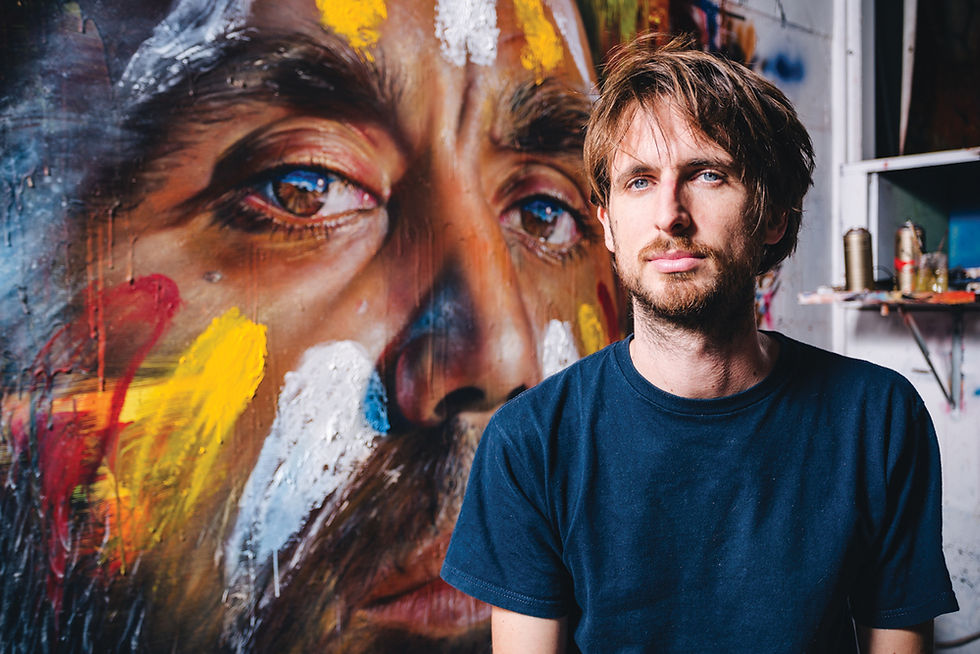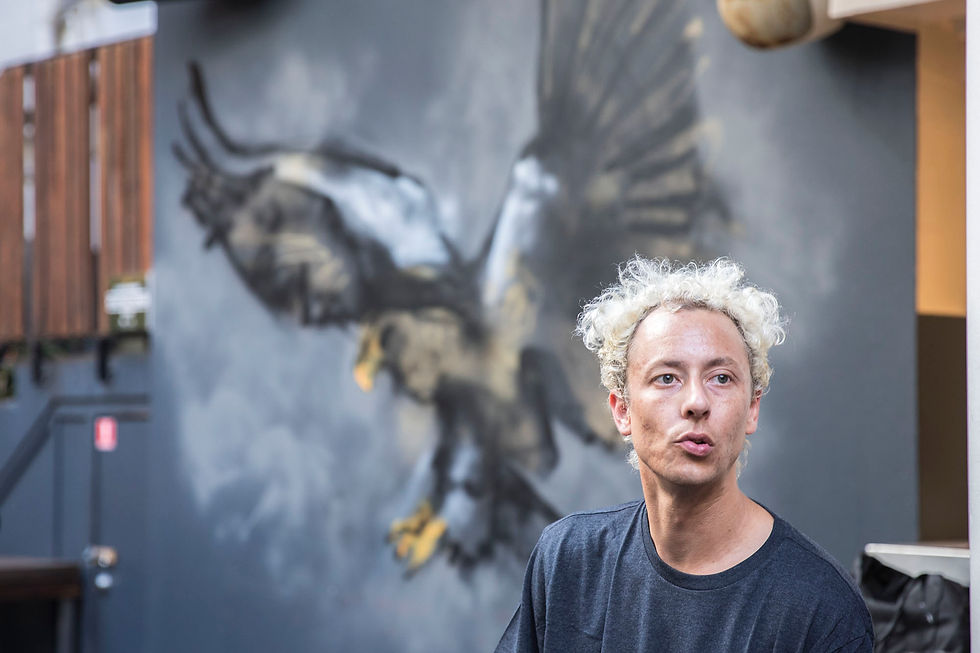Trading places: Artists, marketing and social media in 2019
- Andrew McIlroy
- Jan 8, 2019
- 4 min read

There is no doubt that digital marketing and social media have changed the face of the art market. Artists and their works are now being viewed in many cases by thousands of art enthusiasts, independent of their galleries and dealers, opening up potential new markets from Beijing to New York. In response, our commercial galleries too are relying less and less on marketing campaigns that focus on mail-outs, catalogues and print media and remaking their marketing strategies.
But while the methods of attracting clients may be changing, the fundamentals – including the underpinning nature of the artist gallery relationship - have not. Despite claims to the contrary, getting these fundamentals right lies at the heart of an artist’s success.
Successful artists have always played a pivotal role in marketing their work. Yet many artists at their core resist such things. The thought of creating a ‘brand’, of commercialising their ‘product’, is anathema to their desire to be seen as a purest (‘let the art speak for itself’), as a free-minded outlier to a corrupted modern society.
But fighting the suggestion to position oneself at the centre of a marketing strategy could thwart any fledgling art career. Nowadays, if artists are not taking advantage of the myriad of opportunities available on social media to discover and promote their brand or voice, announcing themselves to the world as a professional artist engaged in developing their brand, they are only sabotaging their own goals. Even more irritating, others far less shameless will be using Facebook, and getting ahead.

In this way an artist is taking his or her ambition seriously enough to create a one-stop resource; a place where gallery directors, curators, fellow artists, arts writers, collectors and the public at large can experience their personality and abilities – making it easy for others to help them access opportunities. And artists’ ambitions are easily understood. They want the chance to bring forth the ideas inside of them, and to be taken seriously. Against this, artists want financial success such to enable them to continue in the artistic life they have chosen for themselves. However, a warning. It is in the blinded pursuit of this latter goal that artists can trip up.
So how do artists today best promote themselves in order to build their careers?
Firstly, it is important in my view that artists do not muddy the waters between marketing, getting people interested in their work, and sales. Selling paintings out of the studio door may give the artist a few extra bucks but it runs the risk of unsettling the market and alienating gallery directors and dealers - essential to an exhibiting career. The artist is better placed directing buyers to a gallery or dealer, for a more holistic result. Marketers refer to this as pull marketing – where the goal is to get the customers to come to you, to create brand loyalty and keep customers coming back. Push marketing on the other hand is more concerned with pushing products onto customers and short-term sales - a tactic best avoided in a temperamental art market.

Sydney artist Laura Jones has a strong Instagram presence Photo: Broadsheet (2017)

Artist Adnate Photo: No Cure Magazine
While there are exceptions with some artists preferring to sell their works via social media exclusively, this is almost always accompanied by a solid brand built via a strong social media presence.
For unrepresented emerging artists, their goals are perhaps more modest – to get gallery representation, to exhibit and to build the foundations of their practice and career. The clever use of social media will only help.
Secondly, social media is not going to magically solve problems. The results will depend on what is put in. But if used correctly, consciously focusing on all things related to art, platforms like Instagram, Twitter and Facebook can allow artists to show, not just talk about, their talent to people around the world, and who otherwise would never have heard of them.
It is important too for artists to know and feed off what other artists and industry players are doing by taking in their websites and social media. Ultimately, artists are responsible for how they present so this knowledge may prove invaluable. As Picasso said, “Good artists copy, great artists steal.”
In my experience, social media enabled me to present as the artist I wished to become. “I pretended to be somebody I wanted to be, until finally I became that person. Or, he became me.” (Cary Grant)
After all, if one cannot convince oneself, it is virtually impossible to convince the people who might otherwise assist in reaching one’s goals.
Certainly artists have a primary role to play in promoting their work and themselves. But that itself is not new. It does not necessitate a restructuring of the gallery system and a realignment of existing roles (or even commission structures). The role of the gallery or dealer is not diminished by the advent of social media. The key for the artist is to embrace social media, to draw people to your brand and art, without biting the hand that feeds you.

Artist George Raftopoulous has over 57,000 followers on Instagram

Artist Anthony Lister Photo: Monster Children
Andrew McIlroy is a visual artist and arts writer, living and working in Melbourne, Australia



Comments